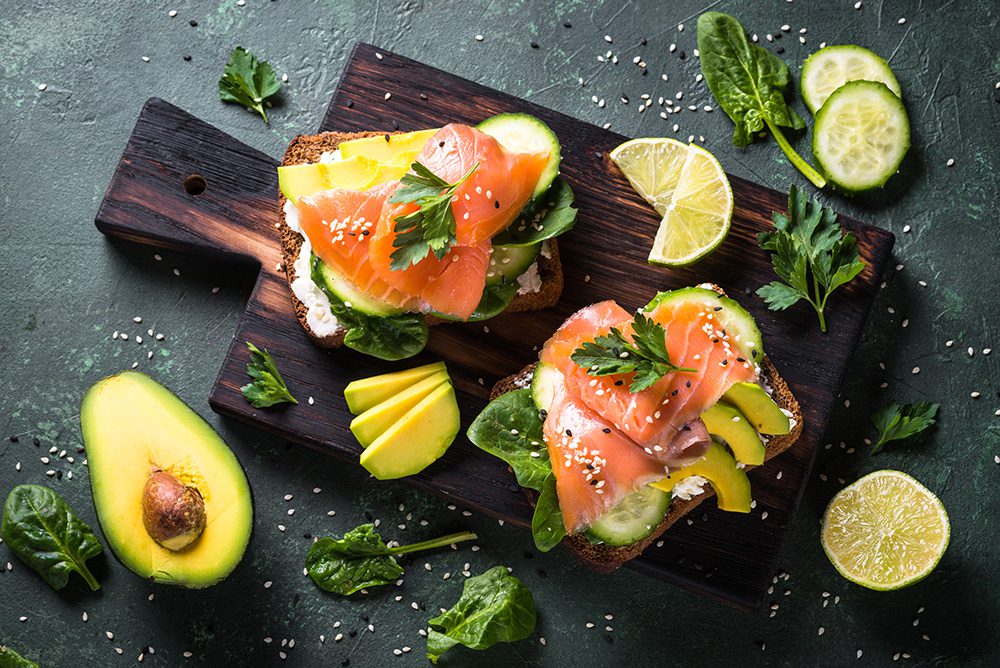
The explosion of the obesity epidemic has made me think about the dilemma individuals face around eating fat. Fat is often directly co-related with an increasing waistline and increase in fat storage. However, if things were that simple, we would have an explanation for lean people being metabolically unhealthy or lean individuals who are suffering from diabetes. In the last 3 decades, obesity has continued to rise. 7 out of 10 individuals in the US are metabolically unhealthy and these numbers keep increasing every year. Thanks to modern medicine, we continue to create drugs to target specific pathways, lowering blood glucose and cholesterol but are these drugs working on the level of the brain? Are we still craving the wrong foods for our bodies?
Conversely, in thinking of diets that are higher in carbohydrates, the “carbohydrate insulin” model comes into play. The basis of this model is that an overabundance of carbohydrates (CHO) or a higher ratio of CHO’s leads to endocrine dysregulation marked by hyper insulimea, meaning a higher-than-average fasting glucose and a sharper rise in blood glucose post eating. Alongside this, comes a whole host of other issues such as a higher Hemoglobin A1c, higher levels of cholesterol, and triglycerides, and fuels partitioned into adipose tissue rather than being used as fuel for the brain, heart, and lungs. This adipose tissue then begins releasing pro-inflammatory cytokines which then start to cause inflammation throughout the body. This is the theory of “inflamma-aging”!
When comparing diets high in fats versus a diet which is high in carbohydrates, there seems to be many factors to take into consideration. These factors would be the 1) place in the world where you reside 2) gut microbiome, 3) genetic pre-dispositions, 4) maternal nutrition through pregnancy, and 5) breast-fed versus bottle-fed and 6) gene expression through the environment. When thinking about evolution and how cave men ate, the diet higher in fat seems to take precedence over any other form of eating. On the other hand, this can be argued by the “Blue Zones” where people eat diets that are high in carbohydrates and lower in fat and live past 100. Given that the world will never really conclude on which diet works the best, there are a few things to consider.
Asking yourself the question – what am I trying to accomplish here with my food, can aim at targeting cravings at a more thoughtful level. Am I trying to achieve a new level of Personal Best in my sport? Am I eating to mitigate any risk of family diseases? Am I eating to create a smoother transition into Perimenopause and would like to understand my body better? Am I trying to optimize my eating habits for longevity? The answer to these questions will determine which way of eating is beneficial for you. What was the last meal that I had which energized me the way I wanted? What about the meal was it that felt good for you? Was it the colours, the textures and level of taste, the kind of protein? How did my gut feel after? Did I sleep well that night? These are just some of the questions that we explore during consultations! The goal isn’t to deprive you of foods you love, the goal is to provide the body with enough nourishment that it doesn’t crave the foods you don’t need. I believe moving forward these questions are necessary and important if we are going to target the right change in our food culture.
Next blog about the metabolic health summit will be released next week! Stay tuned for my feedback on what I gathered from this convention. There is so much research and exciting things happening in the field of metabolic health. I will give you my pointers on what 2024 brings.
